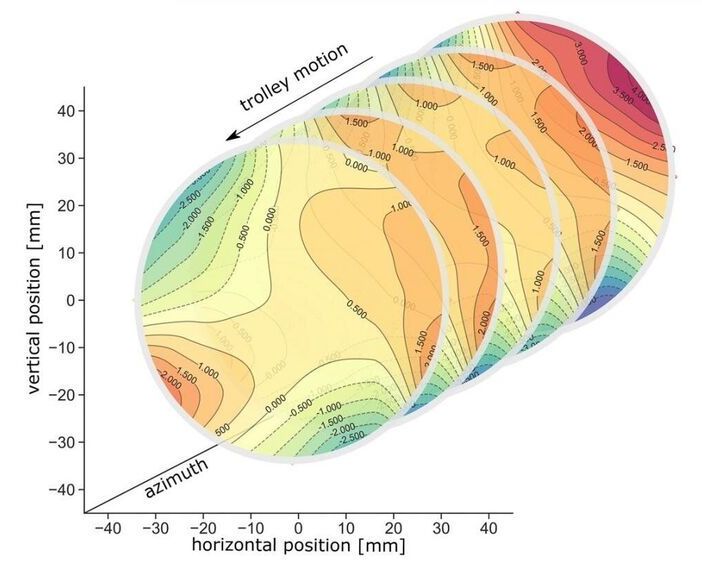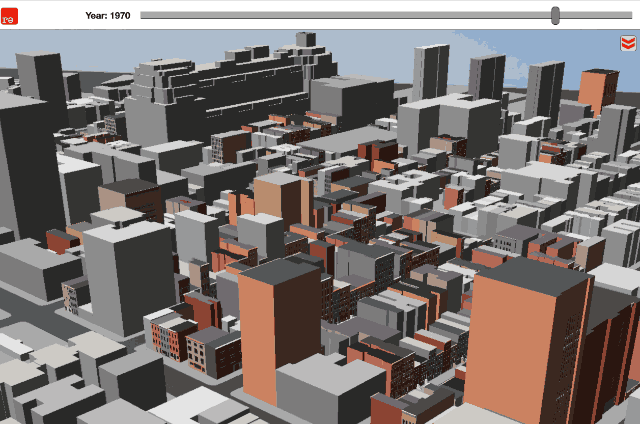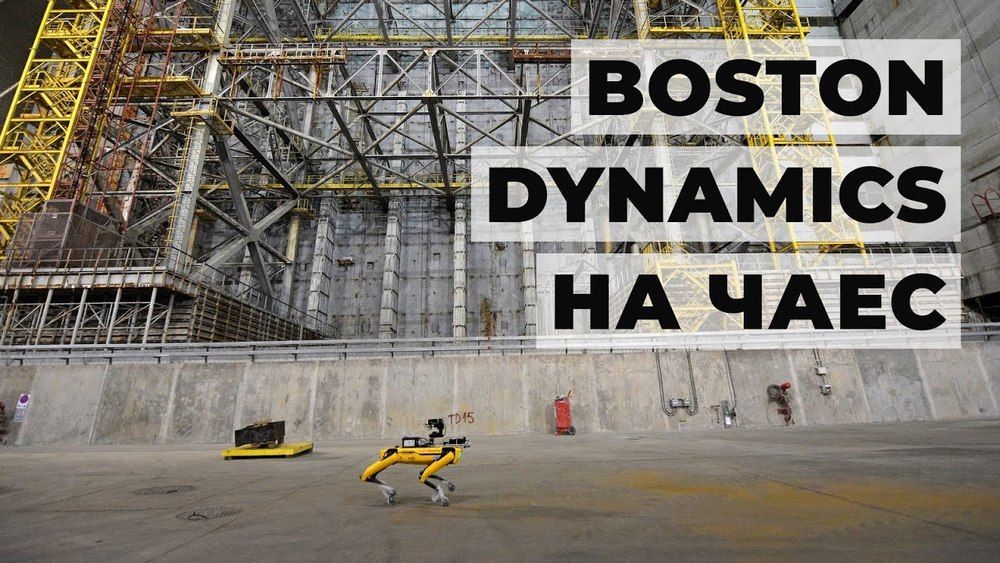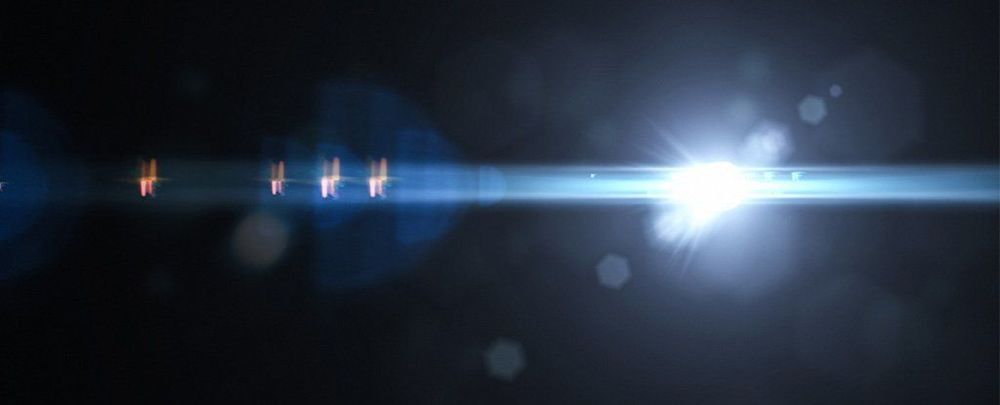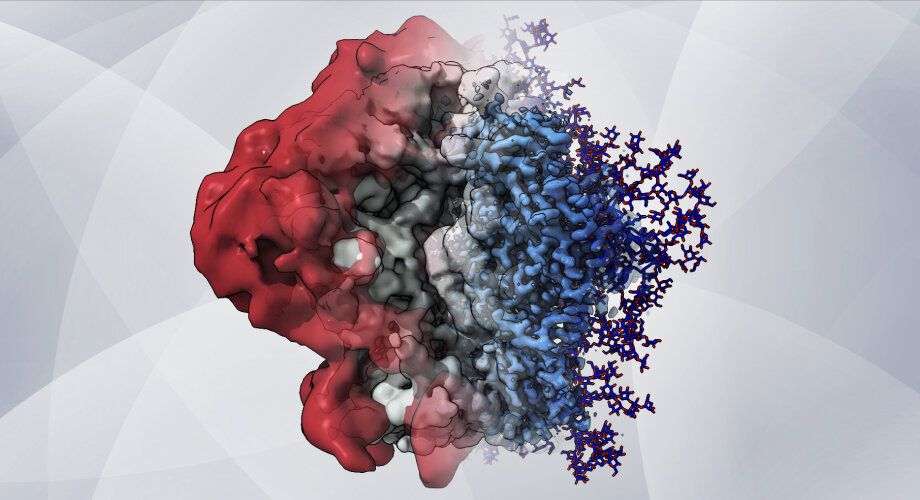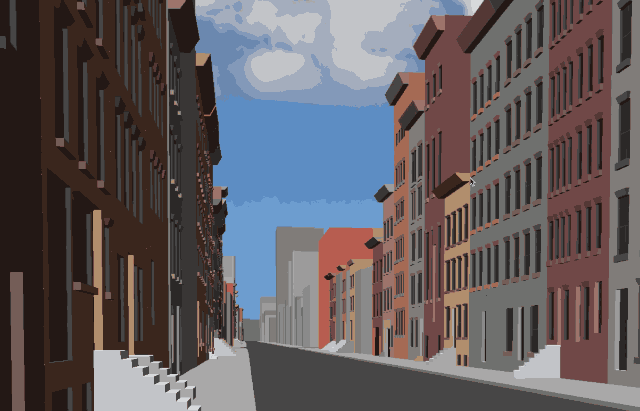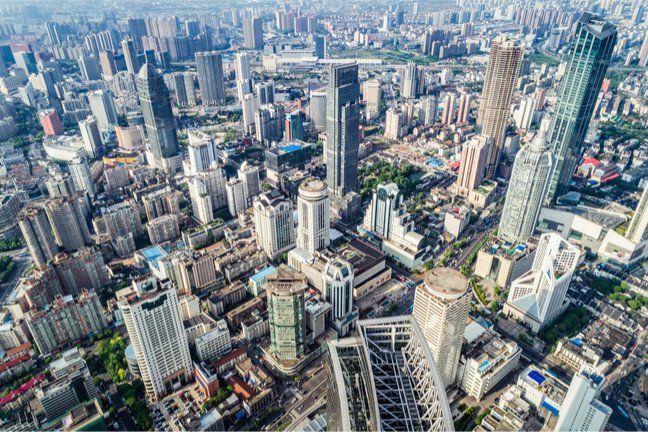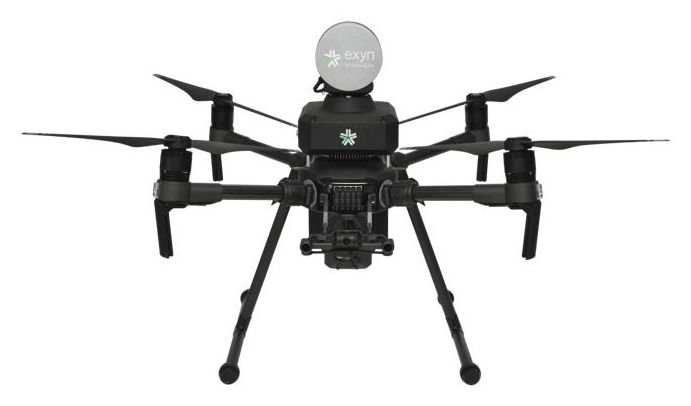As scientists await the highly anticipated initial results of the Muon g-2 experiment at the U.S. Department of Energy’s (DOE) Fermi National Accelerator Laboratory, collaborating scientists from DOE’s Argonne National Laboratory continue to employ and maintain the unique system that maps the magnetic field in the experiment with unprecedented precision.
Argonne scientists upgraded the measurement system, which uses an advanced communication scheme and new magnetic field probes and electronics to map the field throughout the 45-meter circumference ring in which the experiment takes place.
The experiment, which began in 2017 and continues today, could be of great consequence to the field of particle physics. As a follow-up to a past experiment at DOE’s Brookhaven National Laboratory, it has the power to affirm or discount the previous results, which could shed light on the validity of parts of the reigning Standard Model of particle physics.
